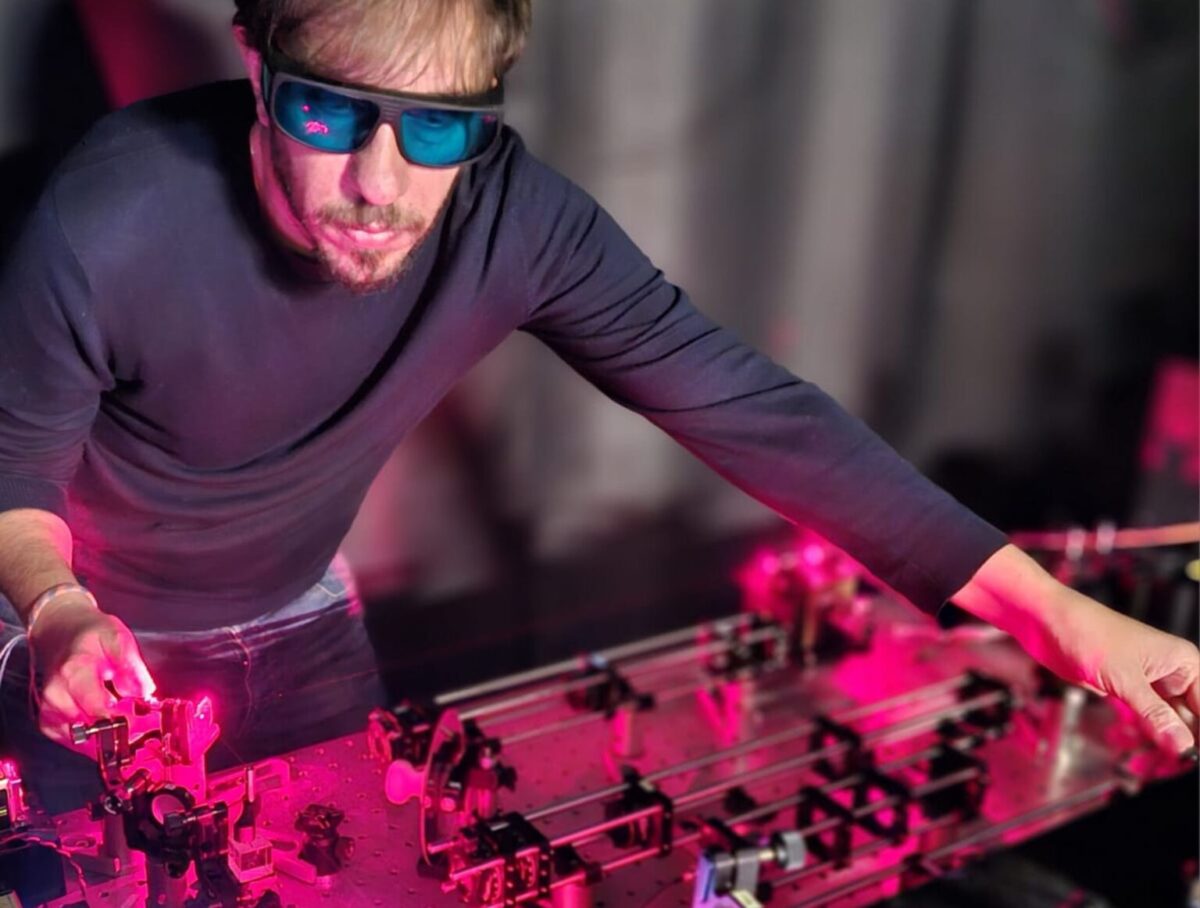Scientists led by Ludwig Maximilian University of Munich (LMU Munich) in Germany have developed a photocatalytic hydrogen generation technology based on plasmonic bimetallic two-dimensional supercrystals.
The researchers assembled the plasmonic structures by assembling individual gold nanoparticles (AuNPs) and platinum nanoparticles (PtNPs).
“The arrangement of the gold nanoparticles focuses the incident light extremely efficiently and generates strong local electric fields, the so-called hotspots, that form between the gold particles,” said researcher Emiliano Cortés.
In the proposed system configuration, the visible light interacts very strongly with the electrons in the metal and makes them vibrate in a resonant way, so that the electrons collectively move very quickly from one side of the nanoparticle to the other. This creates a kind of mini-magnet, which the experts call a dipole moment.
This is the product of the magnitude of the charge and the distance between the centers of the positive and negative charges. When it materializes, the nanoparticles capture more sunlight and convert it into very high-energy electrons. These help to drive chemical reactions.
The academics tested the performance of the plasmonic bimetallic two-dimensional supercrystals on formic acid decomposition.
“The probe reaction was chosen based on the lower activity of gold versus platinum in this context, and also because it is a carbon-neutral H2 carrier,” they said.
Popular content
They found that the supercrystals could be used for catalytic purposes.
“The improved performance of platinum under illumination in the experiment suggests that the interaction of the incoming light with the gold array results in energized platinum,” they said. “Indeed, the AuPt supercrystal appears to be the best plasmonic performer when formic acid is used as the H2 carrier.”
The crystals exhibited an H2 generation rate of 139 millimoles per hour per gram of catalyst. According to the research team, this means that the photocatalytic material currently holds the world record for H2 production via formic acid dehydrogenation under visible light illumination and solar irradiance.
The scientists presented the new solution in “Plasmonic Bimetallic Two-Dimensional Supercrystals for H2 Generation,” which was recently published in Nature Catalysis. The team included researchers from Freie Universität Berlin, the University of Hamburg, and the University of Potsdam.
“By combining plasmonic and catalytic metals, we are advancing the development of powerful photocatalysts for industrial applicationes. It is a new way of using sunlight and a way that offers potential for other reactions, such as the conversion of CO2 into usable substances,” said Cortés.
This content is protected by copyright and may not be reused. If you want to cooperate with us and would like to reuse some of our content, please contact: editors@pv-magazine.com.




1 comment
By submitting this form you agree to pv magazine using your data for the purposes of publishing your comment.
Your personal data will only be disclosed or otherwise transmitted to third parties for the purposes of spam filtering or if this is necessary for technical maintenance of the website. Any other transfer to third parties will not take place unless this is justified on the basis of applicable data protection regulations or if pv magazine is legally obliged to do so.
You may revoke this consent at any time with effect for the future, in which case your personal data will be deleted immediately. Otherwise, your data will be deleted if pv magazine has processed your request or the purpose of data storage is fulfilled.
Further information on data privacy can be found in our Data Protection Policy.